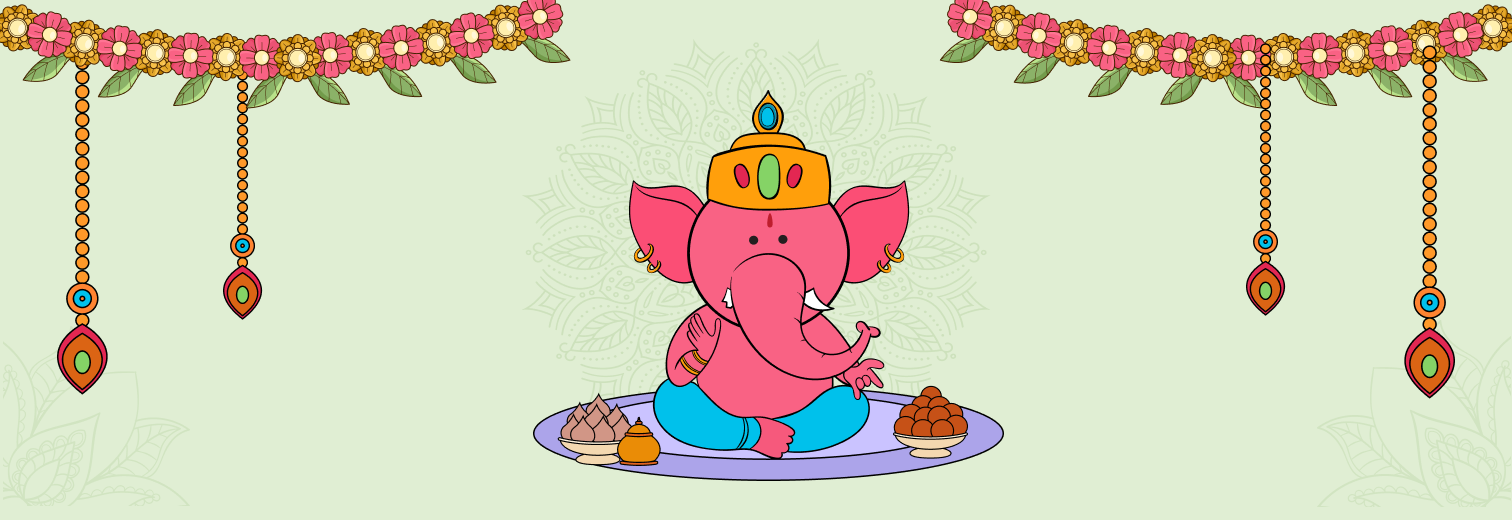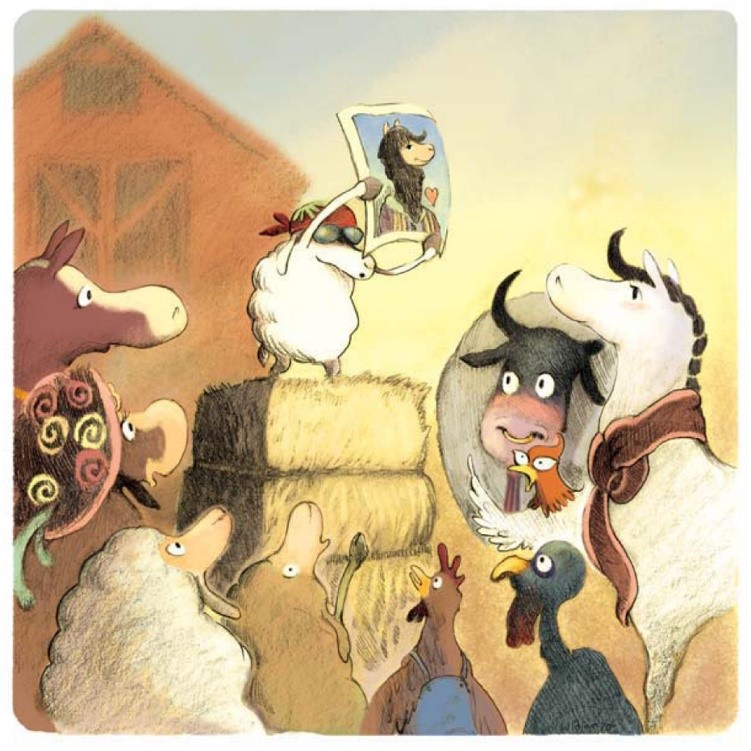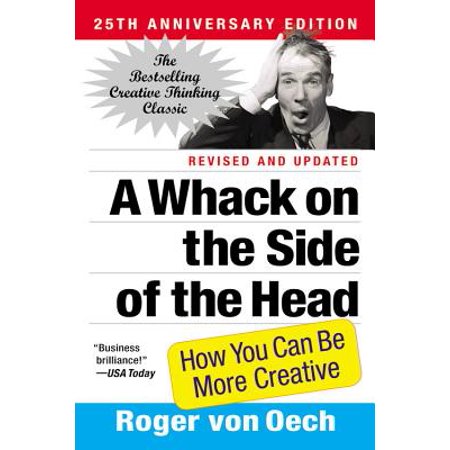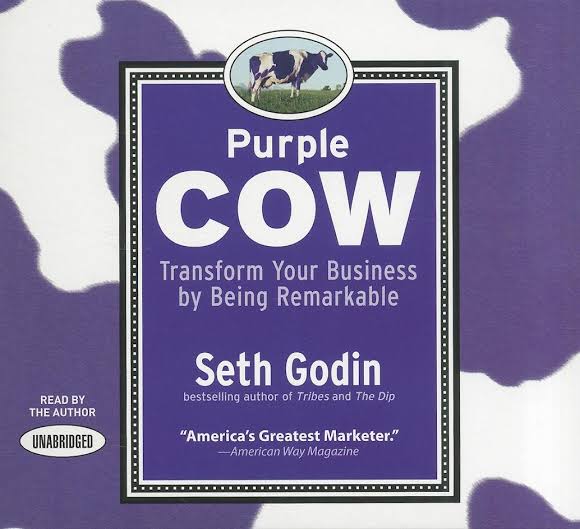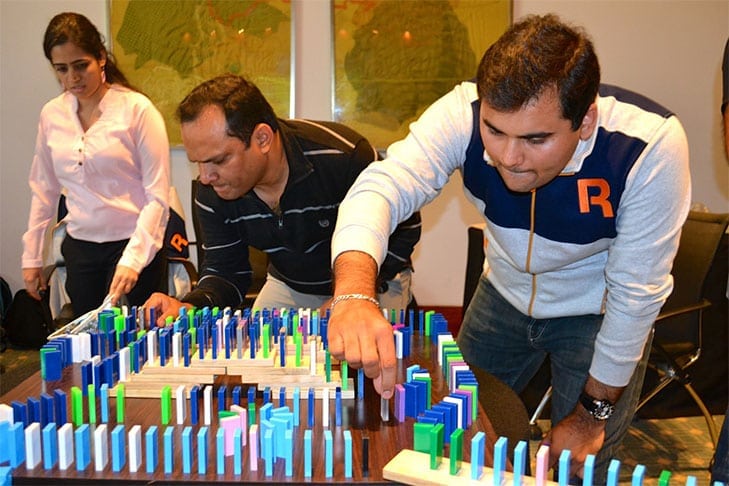“If you don’t execute your ideas, they die” – Roger von Oech
While recently conducting an experiential innovation workshop for a group of engineers at a power company I had an interesting observation. I noticed that participants were very good at suggesting ideas for change. However, when asked how to implement these ideas, they clearly struggled there. After several attempts to advance them towards finding ways to execute ideas, one participant stood up and said – “we are very good at coming up with an idea but taking it to success is the hard part”. “Isn’t that true for most of us?”, I wondered.
It is not for nothing that there is a saying that, “Ideas are dime a dozen, Execution is all that matters!”. The process of ideating & brainstorming has given people freedom to throw-up an abundance of ideas and while at it, it can be quite exhilarating indeed. However, if the process of ideation is not followed up by execution, the whole effort remains as an intellectual idea – nothing else. The difference between creativity and innovation is perhaps just this. While creativity supports the generation of new ideas – the process of Innovation requires that the idea is taken ahead to its logical conclusion.
We are all aware of the controversy around Facebook. A week after Mark Zuckerberg launched the site in 2004, he was accused by three Harvard seniors of having stolen the idea from them. The accusations were that Zukerberg had an agreement with them, to develop a similar website for them – and then, instead, stalled their project while taking their idea and building his own. The lawsuit was settled so we don’t know the true story. However, even if the Winklevoss Twins were factually right, it was still just the idea that they had. It wasZukerberg who made all the efforts and executed the idea – and hence rightly reaping the benefits: Facebook is today worth more than $200 billion as an organization.
An interesting perspective comes from the book “Strategy & the Fat Smoker”a book written by David Maister who reminds us remorselessly that knowing what we need to do in our personal and professional life is relatively obvious. But just because something is obvious doesn’t make it easy. The real challenge lies in not figuring out what to do, but in devising ways to ensure that we actually do it.
Roger von Oech, in his book: A Whack on the Side of the Head, talks about a systematic approach towards Innovation – where he breaks down the Innovation process between 4 different roles or phases. It is a very good way to think about Innovation – in a practical, tangible manner – that can help any individual working in the space of Innovation. The 4 roles / phases are as detailed below:
- Explorer:
The process of Innovation starts by being an Explorer – someone with an insatiable curiosity about the world around him. This is the role where we have all the freedom to throw up as many ideas; possibilities, facts, concepts, experiences and whatever else can be found. Curiosity is king during this role. Asking questions and being receptive to as many new ideas and perspectives gives an opportunity to the team to gather all the raw material from which breakthrough ideas are made.
- Artist:
During this role the playfulness of generating as many imaginary ideas moves to practicality. An artist takes all the raw material discovered during the explorer role and gives it a twist or two, mixes them, rearranges them, looks at them backwards, upside down. After all of that we start formulating more actionable ideas.
- Judge:
This is a role where the Innovator gets critical and assesses the ideas. Here we critically evaluate if the idea is feasible, is it worth pursuing, is it workable, implementable? Only those ideas are then approved and acted upon.
- Warrior:
Finally, its time to implement the idea. The warrior fights to the resistance, setbacks, idea killers, and all the other obstacles that stand in the way of bringing the idea to execution.
This simple construct fits in beautifully whenever you look at any serious Innovation that has been done. Lets for instance take the case of the TATA Ace.
The head of commercial vehicle business, Ravi Kant started with an explorer’s mindset by setting up four cross-functional teams to hit the streets and understand how market and customer needs were evolving. Kant also handpicked Girish Wagh, a 29-year-old mechanical engineer, to do a complete study of the sub –four-tonne market, which was dominated by three wheelers made by other competitors in the market.
Once the team had found out, that feedback from the market clearly pointed towards the rising demand for small trucks. Wagh and the team donned the hat of artists and started their quest to design a two-cylinder version of the four-cylinder Indicaengine in-house. After several refinements they came up with the engine that became the USP for Tata Ace.
The team got into the role of Judge during their breakthrough innovation efforts, when they narrowed down on the TATA Ace as the idea to put their bets on. Launchinga four wheeler commercial vehicle in the sub 4 tonne market was unprecedented and showed their courage to play their role of judges effectively.
Finally, the team faced lot of challenges along their journey and had to be the warriors at several stages. Wagh said “Innovation is difficult in the beginning. There will be lot of naysayers. Support from the top leadership helps in crossing the first threshold”
Is you or your team spending too much time in one role? Have you or your team used the four creativity roles to come up with truly innovative idea? Do share with us.


